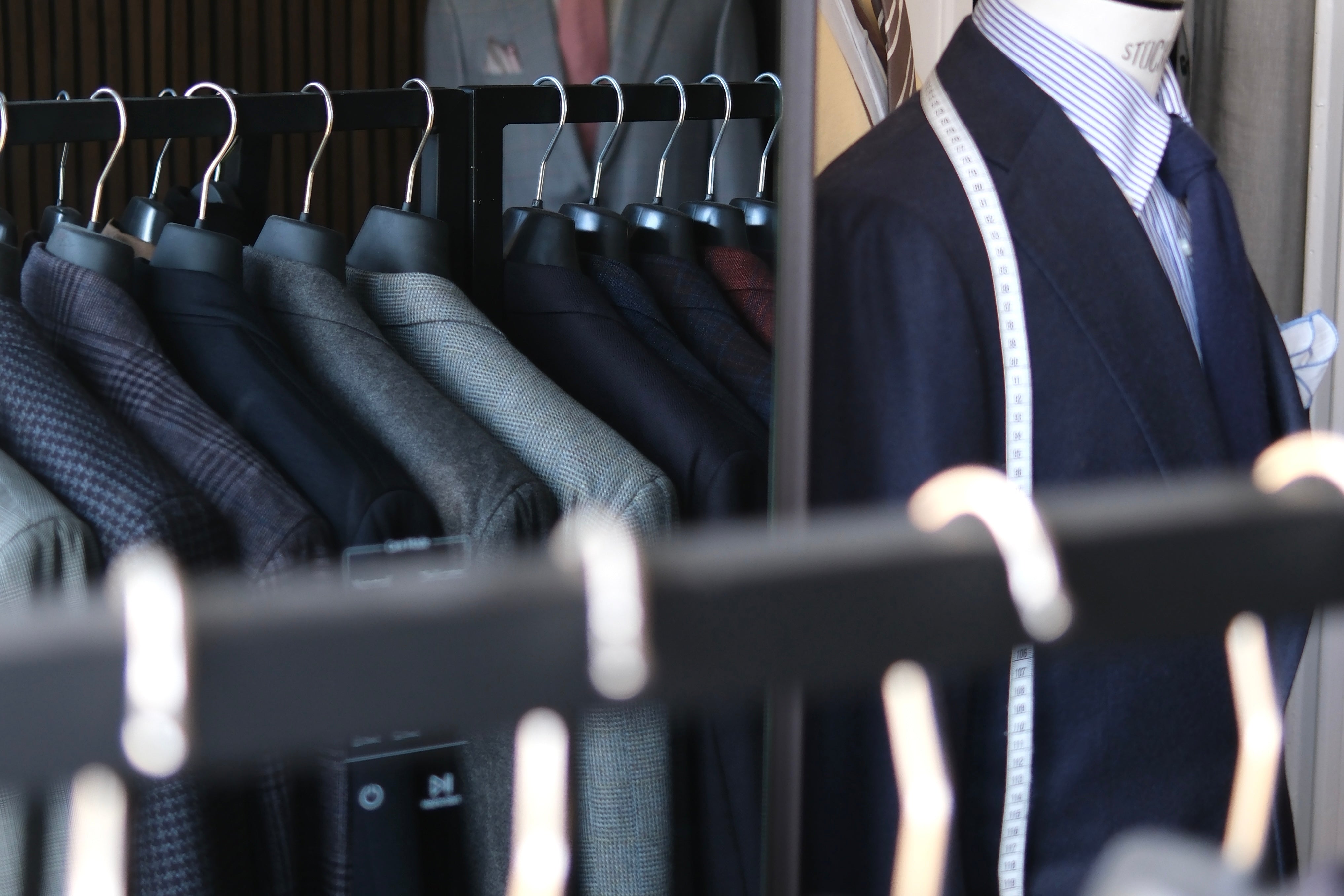Article: Buy Less, But Better

Buy Less, But Better
Buy Less, But Better
At Sartorialista, we’ve always celebrated quality. It’s stitched into everything we do; from the Neapolitan lapel roll of a soft-shouldered Attolini jacket to the hand-lasted elegance of a Saint Crispin’s loafer. But even in this world of craftsmanship, it’s worth pausing to reflect.
We live in a culture of more. More drops, more collections, more content, more noise. And although I sincerely doubt any Sartorialista customer is buying a polyester jacket for €49.99 just to bin it after three months, the temptation to keep adding is real, especially when the price tag says “preloved” and the value seems too good to ignore.
The danger of the “steal”
One of the joys of second-hand luxury is that it feels like a smart decision. And often, it is. Buying a handmade Kiton jacket at a fraction of the original retail price is, by almost any definition, a good move.
But when you buy something because it was a steal, rather than because it fills a gap in your wardrobe or expresses your style, it’s easy to fall into the same trap as fast fashion: accumulation without intention.
We become curators of clutter.
Quality doesn't need excess
True style isn’t about volume. Most of the well-dressed men I’ve met, whether they’re seasoned collectors or just starting out, rotate the same trusted pieces. A favorite flannel trouser. A navy hopsack blazer. One perfect overcoat.
These are garments that work hard, improve with age, and feel more like tools than trophies. They don't need to be constantly replaced or outshone by the latest arrival.
It’s why I often encourage clients to focus on building a wardrobe rather than buying clothes. There’s a quiet pleasure in knowing every piece in your closet earns its place.
Resale as responsibility
I started Sartorialista not just to offer beautiful tailoring at a better price; but because I believe this model is part of the future. A circular economy where garments are respected, restored, and rehomed.
But it only works if we treat the items with the same reverence as when they were first sold in Milan or Naples or Savile Row. That means not buying casually, not stockpiling, and not confusing movement with progress.
The second-hand space has the power to change habits, not just spending patterns.
A wardrobe worth wearing
So here’s a simple thought: buy less, but better. Not because it’s a slogan, but because it leads to a wardrobe you actually enjoy wearing. Where each piece has a story, a function, and a future.
And if you do decide to part with something, whether your style has shifted or the fit no longer works—we’ll be here to help it find its next owner.
Just as we always have.



Leave a comment
This site is protected by hCaptcha and the hCaptcha Privacy Policy and Terms of Service apply.